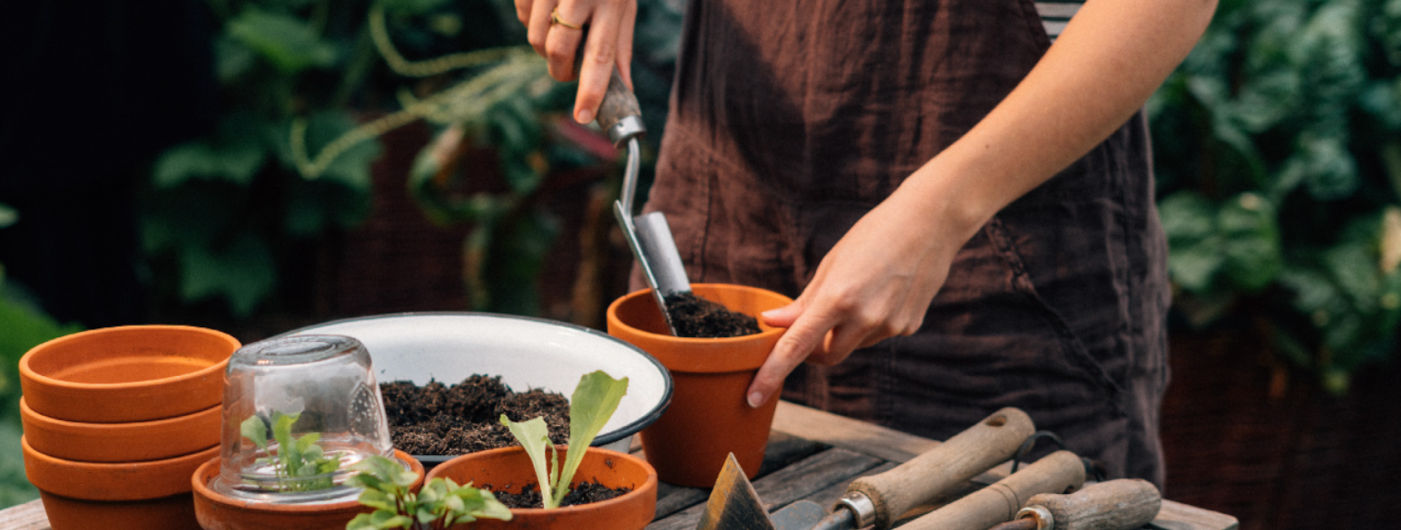Glossary
Late blight (Phytophthora infestans)
Late blight, also known as potato blight and tomato blight, is one of the most dreaded fungal diseases in any vegetable garden – especially if you’re growing tomatoes and potatoes. It can destroy whole crops in a matter of days, making it a serious challenge for home vegetable growers.
Signs and symptoms
The first signs of potato blight often appear after extended periods of warm, wet weather:
✔️ Blotches on leaves – grey-green at first, turning brown
✔️ Dark brown, sunken blotches on stems
✔️ Firm, brown-coloured patches of rot on fruits (especially tomatoes)
✔️ Rotting, unpleasant-smelling tubers (on potatoes)
The disease spreads very quickly in damp weather, through spores carried on wind or rain or transferred by contact.
Causes and spread
Late blight is caused by the fungus-like pathogen Phytophthora infestans. These key factors can trigger outbreaks:
✔️ High humidity levels and prolonged wet weather
✔️ Temperatures between 15 and 25°C
✔️ Dense planting without sufficient airflow
Tomatoes growing outdoors and potato plants after flowering are especially vulnerable.
Prevention
Consistent cultivation measures are the key to prevention:
✔️ Only grow blight-resistant varieties (e.g. Phantasia, Resibella for tomatoes)
✔️ Protect outdoor tomatoes from rain (tomato greenhouse, polytunnel)
✔️ Quickly pick off and remove affected leaves
✔️ Ensure sufficent distance between plants for good airflow
✔️ Crop rotation: don’t grow tomatoes or potatoes in the same place year on year
Watering only around the roots of the plant – and in the morning where possible – also significantly reduces the risk of infection.
Fighting back
IIf the attack is well-advanced you will generally need to take radical measures:
✔️ Quickly remove affected parts of plants and dispose of them safely (don’t compost them!)
✔️ For tomatoes: harvest healthy green fruits early and allow them to ripen separately
✔️ Fungicides are rarely a good idea in domestic gardens – any effect is preventive only
Check your garden regularly – to ensure that you spot any attacks at an early stage.
To sum up
Late blight is a serious menace in vegetable gardens – especially in rainy summers. But by taking preventive measures and checking your plants regularly you can avoid its devastating effects and enjoy a healthy harvest.


